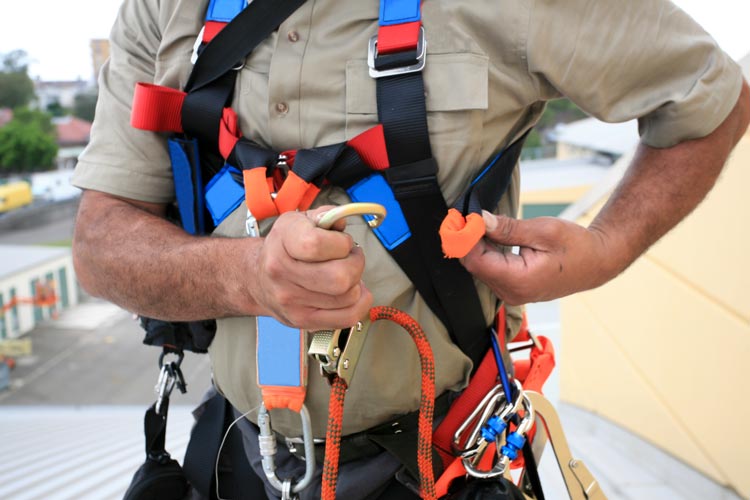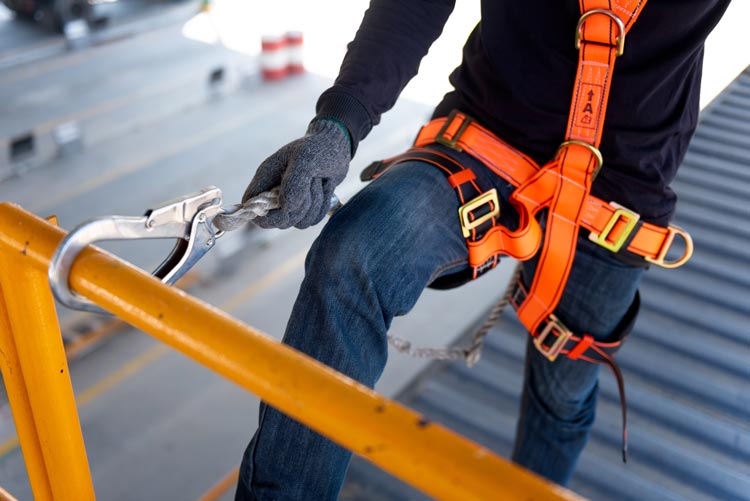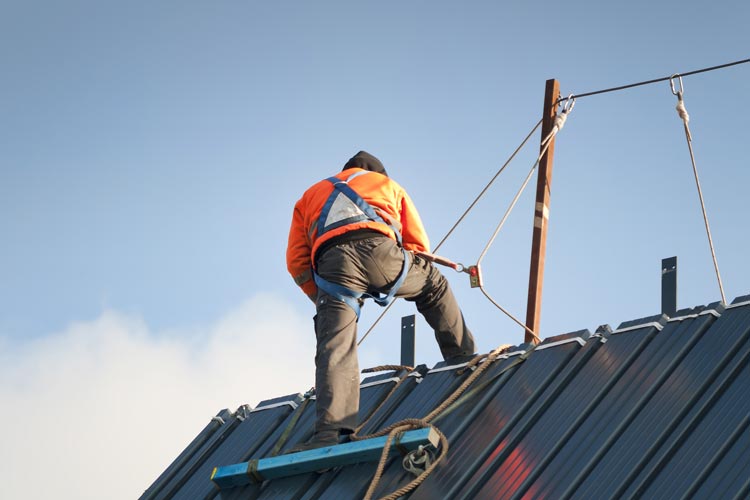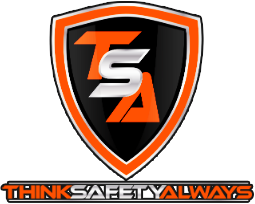Falls are among the most common causes of serious work-related injuries and deaths. Employers must set up the workplace to prevent employees from falling off of overhead platforms, elevated workstations or into holes in the floor and walls.
OSHA Fall Protection
OSHA Fall Protection Course
Get Licensed & Certified for Safety on Fall Protection
Why is fall protection important?
What can be done to reduce falls?
Employers must set up the workplace to prevent employees from falling off of overhead platforms, elevated workstations or into holes in the floor and walls. OSHA requires that fall protection be provided at elevations of four feet in general industry workplaces, five feet in shipyards, six feet in the construction industry and eight feet in longshoring operations. In addition, OSHA requires that fall protection be provided when working over dangerous equipment and machinery, regardless of the fall distance.
To prevent employees from being injured from falls, employers must:
- Guard every floor hole into which a worker can accidentally walk (using a railing and toe-board or a floor hole cover).
- Provide a guard rail and toe-board around every elevated open sided platform, floor or runway.
- Regardless of height, if a worker can fall into or onto dangerous machines or equipment (such as a vat of acid or a conveyor belt) employers must provide guardrails and toe-boards to prevent workers from falling and getting injured.
- Other means of fall protection that may be required on certain jobs include safety harness and line, safety nets, stair railings and handrails.


English & Spanish Classes Available
29 CFR 1926 Subpart M Fall Protection (1926.500-503)
The employer shall provide a training program for each employee who might be exposed to fall hazards. The program shall enable each employee to recognize the hazards of falling and shall train each employee in the procedures to be followed in order to minimize these hazards.
This course covers the OSHA 29 CFR 1926 Subpart M Fall Protection (1926.500-503) standard for construction workers. It describes the standard, hazards, and hazard controls that can be used to protect the health and safety of construction workers.
HOW LONG IS THE COURSE?
According to OSHA 29 CFR 1926.503(c)(1):
Retraining. When the employer has reason to believe that any affected employee who has already been trained does not have the understanding and skill required by paragraph (a) of this section, the employer shall retrain each such employee. Circumstances where retraining is required include, but are not limited to, situations where:
- Changes in the workplace render previous training obsolete; or
- Changes in the types of fall protection systems or equipment to be used render previous training obsolete; or
- Inadequacies in an affected employee’s knowledge or use of fall protection systems or equipment indicate that the employee has not retained the requisite understanding or skill
Fall Protection Course Topics:
• OSHA / ANSI Regulations
• Understanding the Fall Protection Hierarchy
• Hazard Identification / Mitigation
• Equipment Selection, Inspection and Maintenance
• Anchors
• Harnesses
• Connectors
• Lanyards
• SRLS
• Guardrails
• HLL / VLL
• Fall Protection Plan
• Rescue Plan

OSHA SAFETY TRAINING
Fall Protection Training
Think Safety Always is dedicated to helping clients achieve a safe workplace. In order to accomplish this goal, a world class occupational safety and health program with onsite training must have total management, leadership, and employee involvement. Safety must be management’s highest priority. Production should never be so urgent that a company cannot take time to perform work safely. No matter where you are located, we bring our training to you, nationwide! We offer both English and Spanish classes.
Please contact us for more assistance:
REQUEST A CONSULTATION
THINK SAFETY ALWAYS
The Best Place for Safety Training
CALL US FOR A FREE CONSULTATION
